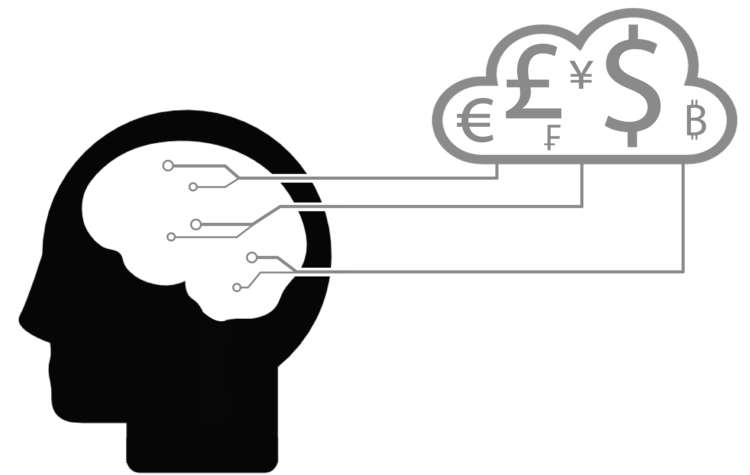Introduction
The Behavioural Inevitability mental model refers to the belief that certain behaviors or patterns are inevitable and unchangeable. It is a cognitive bias that influences decision-making processes by leading individuals and groups to make choices based on the assumption that certain outcomes are predetermined. Understanding this mental model is crucial for individuals seeking to break free from limiting beliefs and make more informed decisions. In this blog post, we will explore the concept of Behavioural Inevitability, its psychological underpinnings, real-world examples, and strategies to avoid falling into this cognitive trap.
The Relevance of Behavioural Inevitability in Decision-Making
Behavioural Inevitability is deeply rooted in human psychology and significantly impacts our decision-making processes. It arises from our natural tendency to rely on past experiences and observations to predict future outcomes. When individuals believe that certain behaviors or patterns are inevitable, they may limit their options, overlook potential alternatives, and make irrational decisions that are contrary to their best interests. Recognizing and challenging this mental model is essential for fostering more adaptive and effective decision-making.
Examples of Behavioural Inevitability
- Personal Life Decisions: Consider a person named John, who grew up in a family with a history of financial struggle. Due to the Behavioural Inevitability bias, John believes that he is destined to experience the same financial difficulties and never achieve financial stability. As a result, John may limit his aspirations, avoid pursuing higher-paying job opportunities, and make decisions that perpetuate the cycle of financial struggle, despite having the potential for a different outcome.
- Business Scenarios: In the business world, the Behavioural Inevitability bias can hinder innovation and growth. For example, a company may have a long-standing tradition of following conventional industry practices, believing that they are inevitable for success. As a result, they may resist change, overlook emerging trends, and miss opportunities for adaptation and growth in the market.
- Public Policy-Making: The Behavioural Inevitability bias can impact public policy decisions. In the context of social issues, if decision-makers believe that certain social problems are inevitable and unchangeable, they may neglect implementing effective interventions or policies to address them. This bias can perpetuate cycles of poverty, inequality, or other societal challenges, leading to detrimental outcomes for individuals and communities.
Mental Biases and Underpinnings
Behavioural Inevitability is influenced by several cognitive biases. One key contributor is the availability heuristic, where individuals rely on readily available examples or information when making judgments. If past instances of a behavior or pattern are easily recalled, individuals may assume that those instances are representative of all possible outcomes, leading to a distorted belief in inevitability.
Another underlying bias is the confirmation bias, which leads individuals to seek and interpret information that confirms their existing beliefs or expectations. When individuals already believe in the inevitability of certain behaviors or patterns, they tend to selectively focus on information that supports this belief, reinforcing the perception of unchangeability.
Identifying and Avoiding Behavioural Inevitability
To avoid falling into the trap of Behavioural Inevitability and making more objective decisions, individuals can employ several strategies:
- Question assumptions: Challenge the assumption that certain behaviors or patterns are inevitable. Explore alternative perspectives and consider evidence that contradicts the belief in inevitability.
- Seek diverse examples: Look for counterexamples that demonstrate alternative outcomes or behaviors. Actively seek out stories of individuals or situations that have defied the expected patterns, highlighting the potential for change and adaptation.
- Embrace a growth mindset: Adopt a mindset that believes in the potential for personal and societal change. Recognize that behaviors and patterns can be influenced by various factors, including individual choices, environmental factors, and systemic changes.
- Experiment and explore new options: Instead of assuming the inevitability of certain behaviors or patterns, explore new possibilities and take calculated risks. Embrace experimentation and open-mindedness to discover alternative paths and outcomes.
Conclusion
Behavioural Inevitability is a cognitive bias that can limit our decision-making capabilities by leading us to believe in the unchangeability of certain behaviors or patterns. By recognizing this mental model and challenging our assumptions, we can break free from limiting beliefs and make more informed and adaptive decisions. Awareness and active avoidance of the Behavioural Inevitability trap are essential for personal growth, innovation, and societal progress.
